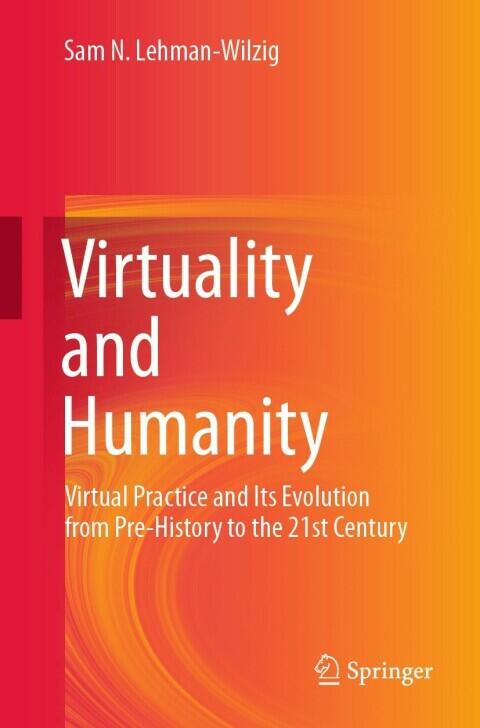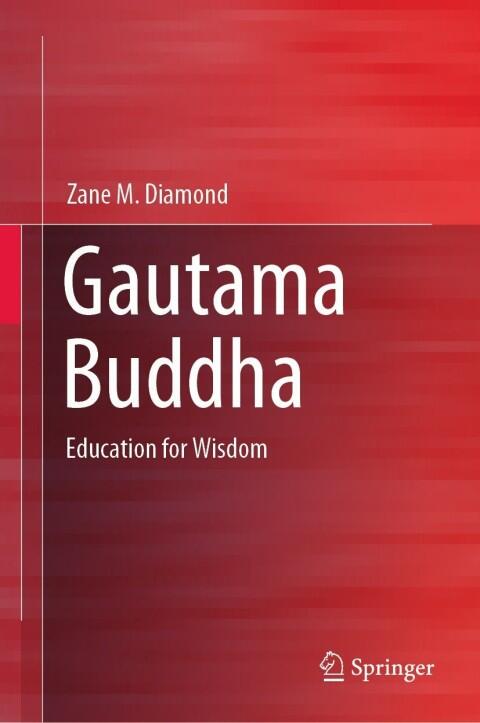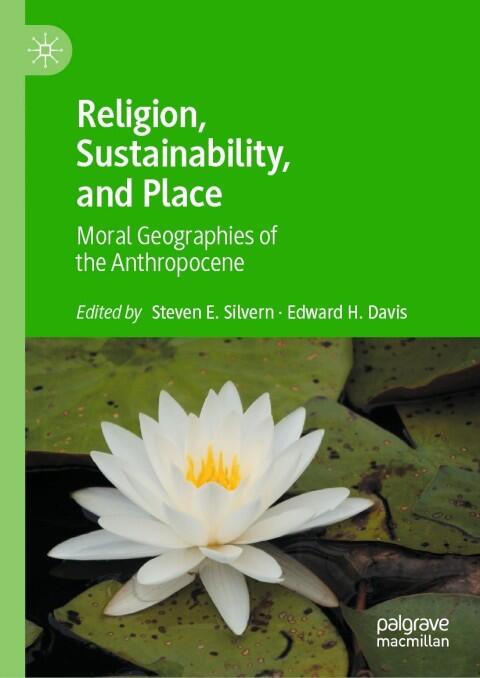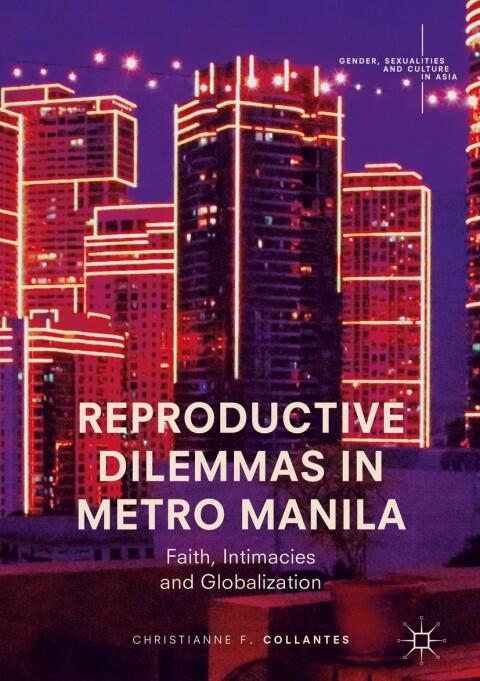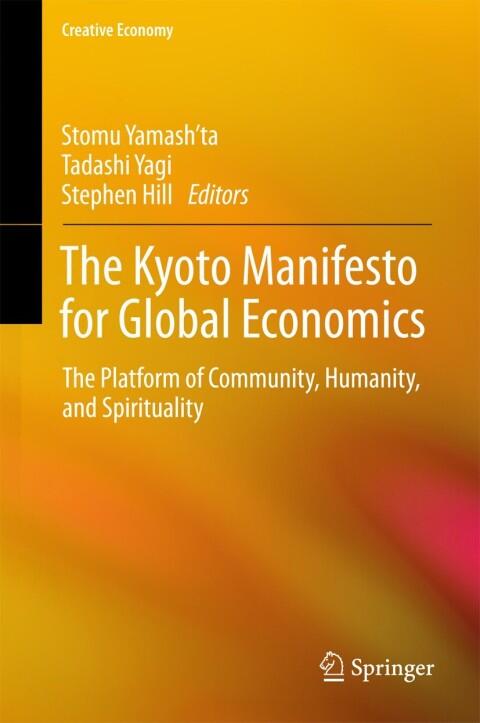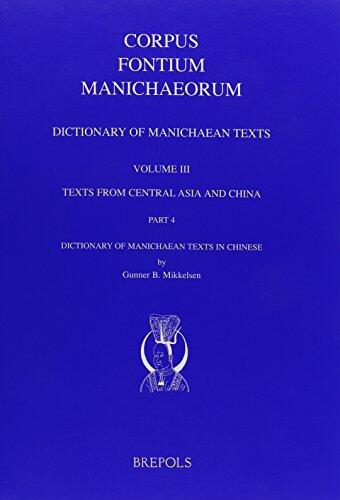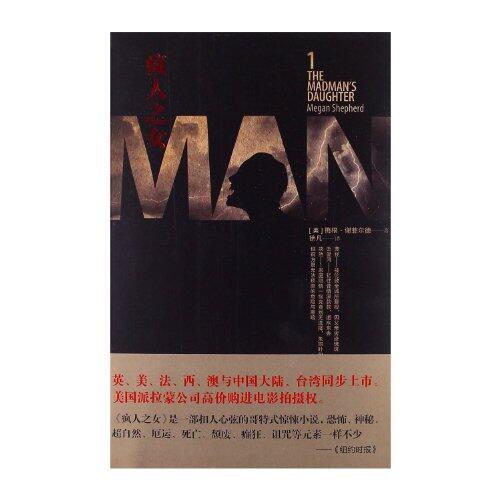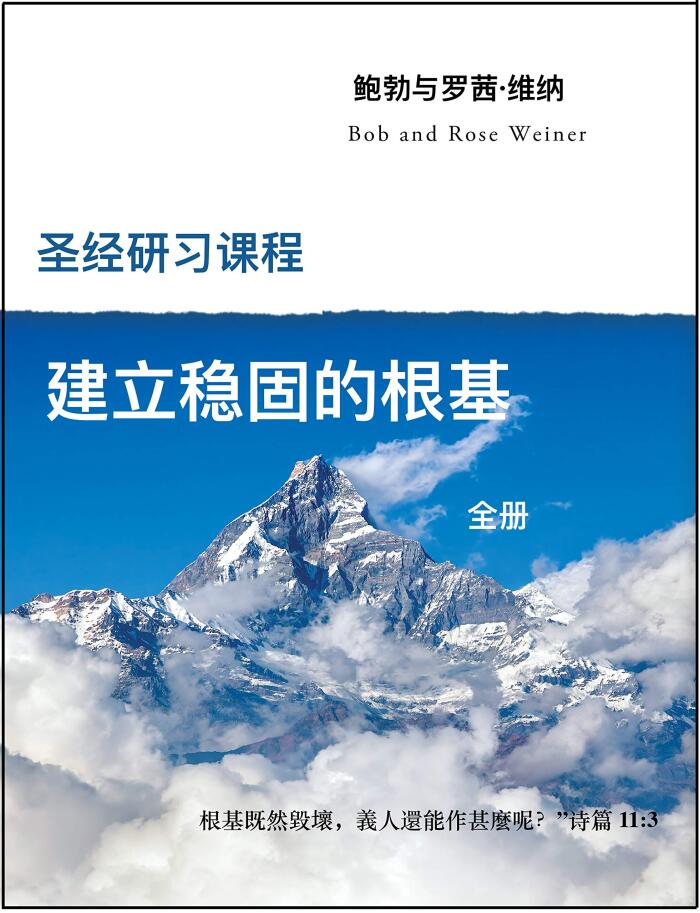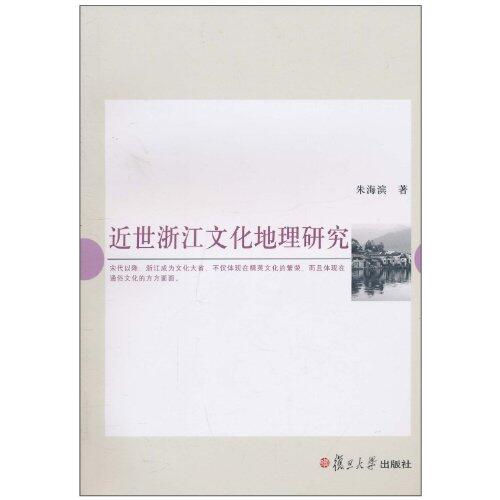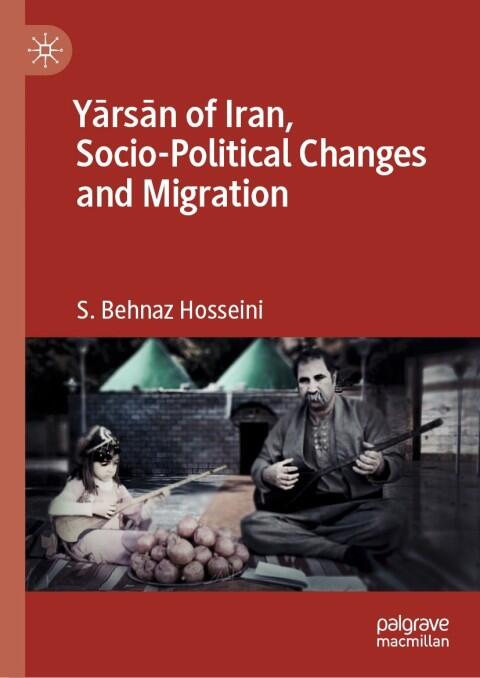
Yārsān of Iran, Socio-Political Changes and Migration
によって
S. Behnaz Hosseini
まだ評価がありません
Religion & Spirituality
形式
キンドル
ページ数
338
言語
中国語
公開されました
Jan 1, 2020
出版社
Palgrave Macmillan
版
1st ed. 2020
ISBN-10
9811526354
ISBN-13
9789811526350
説明
In a detailed exploration of the Yārsān community in Iran, S. Behnaz Hosseini delves into the complex interplay between socio-political changes and the migration patterns of this distinct religious group. The narrative unravels how shifting political landscapes and societal dynamics have shaped the beliefs, practices, and identity of the Yārsāni people. Through a careful examination of historical events, the author highlights how external pressures have influenced both the spiritual and communal life of the Yārsān.
Hosseini's insightful analysis sheds light on the resilience of the Yārsān amidst challenges, illustrating their ability to adapt and maintain their cultural heritage in the face of adversity. The exploration provides readers with a deeper understanding of the ramifications of migration, revealing how the movement of individuals can lead to significant shifts within the community, often resulting in new social configurations and identities.
By weaving together historical context, personal narratives, and socio-political analysis, the work paints a vivid picture of the Yārsān's enduring struggle for recognition and equality in contemporary Iran. The book is a compelling reflection on how marginalized communities navigate the tides of change while striving to preserve their unique identity.
Hosseini's insightful analysis sheds light on the resilience of the Yārsān amidst challenges, illustrating their ability to adapt and maintain their cultural heritage in the face of adversity. The exploration provides readers with a deeper understanding of the ramifications of migration, revealing how the movement of individuals can lead to significant shifts within the community, often resulting in new social configurations and identities.
By weaving together historical context, personal narratives, and socio-political analysis, the work paints a vivid picture of the Yārsān's enduring struggle for recognition and equality in contemporary Iran. The book is a compelling reflection on how marginalized communities navigate the tides of change while striving to preserve their unique identity.
